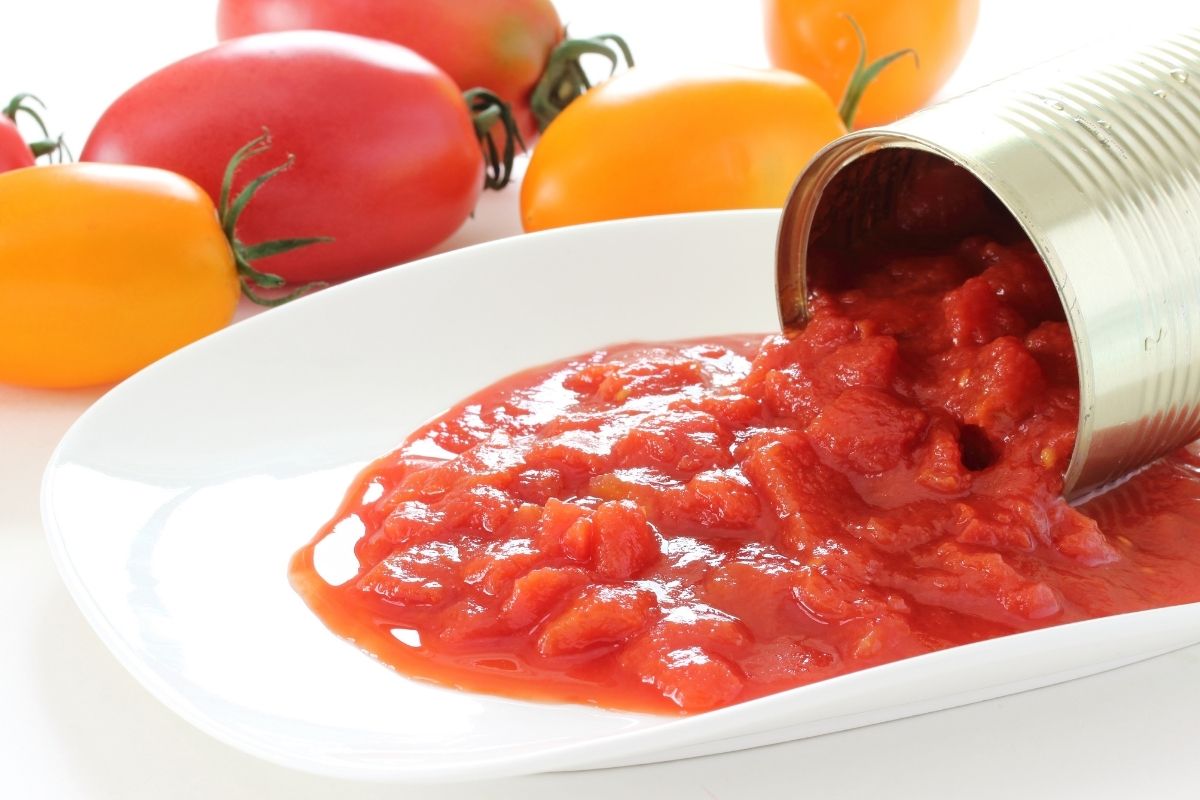

Mango powder is a perfect one-for-one substitute for tamarind powder, so there are no volume differences. Just get equal parts of water and mango powder and mix them. However, you can use mango powder to make a paste if you want a more similar consistency. Mango powder is dry, so it might not provide the same feeling and texture as tamarind paste.

However, the most significant difference between the two lies in the consistency. Mango powder works as an excellent tamarind paste substitute because of its tartness and fruity nature. Mango powder has also become popular in India, although it mainly works as a souring agent in the country’s northern region. Best Substitute for Souring Dishes: Mango PowderĪlso known as mango amchur, mango powder is made from drying and powdering unripe mangoes. For the best stuff, make sure to use the real deal. Many cheap options tend to use non-vegan sugar and minor amounts of natural fruit, and you will find that these are generally lousy tamarind paste alternatives. However, keep in mind that you would need to be careful about the citrus juice you use. When you have a mixture, use the exact quantities as you would use tamarind paste. You can also mix these with sugar, although you would need to add equal parts of sugar with the juice to be on the safest side. Like pomegranate molasses, you can use lemon or lime juice in the same quantities as tamarind paste.
#TAMARIND PASTE AS TOMATO PASTE SUBSTITUTE FULL#
So, while tamarind paste offers full sourness, these juices provide a hint of sweetness to the sour that works just fine. This is because these dishes require more sweetness than Indian cuisines.

Interestingly, lime and lemon juices also work in Thai dishes. If they can use it, there’s no reason you shouldn’t. Today, many Indian cooks use lemon or lime juice to replace tamarind paste. Tamarind paste might be sweeter than citrus juice, but they still do relatively well as substitutes for it. Their ability to improve tartness in cuisines is almost unmatched, and you will find that they fulfill virtually the same role as tamarind paste. When it comes to souring agents, there’s hardly anything as good and readily available as lime or lemon juice. Best Substitute for Similar Flavors: Citrus Juice Don’t worry, however, as there are several other ideal substitutes for tamarind paste. Pomegranate molasses is quite rare, so you might not have it at home or a local grocery store. The only slight dent in pomegranate molasses is that they might not be readily available. Thanks to its combination of sweet and sour flavors, pomegranate molasses is especially helpful in seasoning Asian and Indian dishes. The substitution technique couldn’t be more straightforward. So, you use the same quantity of pomegranate molasses as you would use tamarind paste. They differ slightly in taste, but the taste is relatively negligible.Įven better is the fact that pomegranate molasses is an excellent one-for-one substitute for tamarind paste.

Both are used to improve the moisture of any dish, and they also give a darker color to dishes. One of the primary reasons why you want to use pomegranate juice as a substitute for tamarind paste is the similarity in texture. In some cases, pomegranate molasses is actually used to improve acidity – not sweetness. Expert manufacturers watch to ensure that the juice doesn’t become too sweet. You get it when you reduce the pomegranate juice to the point where it becomes syrupy and sweet. Options for Tamarind Paste Substitutes Best Overall Substitute for Tamarind Paste: Pomegranate MolassesĪs you probably expect, pomegranate molasses comes from pomegranate juice. Thankfully, there are some substitutes that provide a bit of a sweeter taste for you. Taste differences: Some people could also feel that the tamarind paste is too sour for them.Non-availability: If you can’t find any tamarind paste around you, it would be better for you to get a substitute instead.However, there are also some substitutes available if you need to try something different for various reasons. You should be able to find tamarind paste at the Asian section of your local grocery store. Its strong sour flavor provides a perfect way to counteract overly sweet dishes, and it offers a much-needed tang for some cuisines as well. Today, tamarind paste is used in dishes across India, Asia, Vietnam, and various parts of Latin America. Through processing, you can get tamarind paste. The tamarind tree’s fruit is sour, dark, and sticky. The tamarind tree itself has also spread, growing all over Asia and in some parts of Mexico. It originates from Africa, although it has become prevalent in dishes across the world. Tamarind paste is a cooking component gotten from the fruit of the tamarind tree. 3.3 Best Substitute for Souring Dishes: Mango Powder An Overview of Tamarind Paste


 0 kommentar(er)
0 kommentar(er)
